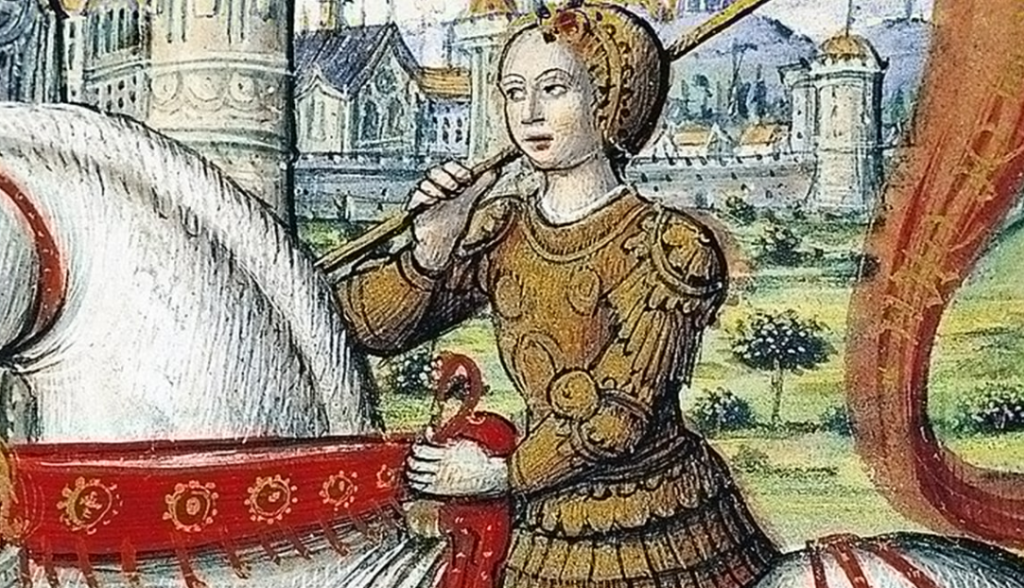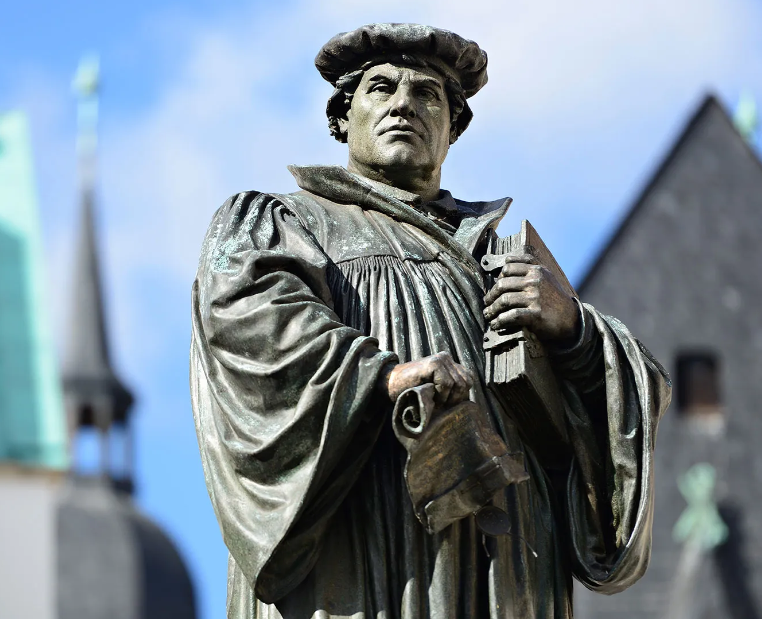In this article, we will explore the life, accomplishments, and lasting impact of Jayavarman VII, who is regarded as Cambodia National Hero. Known for his remarkable reign and contributions to Cambodian society, Jayavarman VII left an indelible mark on the country’s history. From his early life and rise to power to his impressive achievements in architecture, governance, and social welfare, we will delve into the fascinating story of this influential figure.
Early Life and Background of Cambodia National Hero
Jayavarman VII was born in 1125 in the Khmer Empire, which encompassed present-day Cambodia and parts of surrounding regions. Little is known about his early life, but it is believed that he came from a royal lineage and received a comprehensive education. This upbringing would later shape his character and drive his ambition to become a visionary leader.
Rise to Power
Jayavarman VII ascended to the throne in 1181 after a period of political instability and conflicts. He faced various challenges, including invasions from the Champa kingdom and internal rebellions. Through strategic alliances and military prowess, he successfully consolidated his power and established a stable reign.
Achievements and Contributions
Jayavarman VII’s reign is marked by a plethora of achievements and contributions that transformed Cambodia. His vision extended far beyond conventional kingship, focusing on the well-being of his subjects and the prosperity of the empire as a whole. Let’s explore some of his most notable endeavors.
Architecture and City Planning
One of Jayavarman VII’s enduring legacies is his architectural masterpieces, which include the magnificent temple complex of Angkor Thom and the iconic Bayon temple. He pioneered the concept of temple-mountains, blending Hindu and Buddhist architectural styles to create awe-inspiring structures that reflected his religious and cultural beliefs.
Military Campaigns
Recognizing the importance of a strong military, Jayavarman VII led successful military campaigns against neighboring states, such as the Champa kingdom and the Dai Viet. These victories expanded the Khmer Empire’s territory and ensured its security, consolidating Jayavarman VII’s power and influence.
Economic Reforms and Infrastructure Development
Jayavarman VII implemented significant economic reforms, promoting agricultural development, trade networks, and infrastructure projects. He constructed extensive road systems and bridges, fostering commerce and facilitating the movement of goods and people across the empire. These initiatives stimulated economic growth and enhanced the empire’s prosperity.
Social Welfare and Public Works
Jayavarman VII’s commitment to social welfare was unparalleled. He established a comprehensive healthcare system, with hospitals and medical facilities throughout the empire. Additionally, he constructed rest houses and shelters along the roads, providing respite and support for weary travelers. These initiatives aimed to ensure the well-being and comfort of all his subjects.
Religious and Educational Initiatives
As a devout Buddhist, Jayavarman VII undertook extensive religious and educational initiatives. He sponsored the construction of numerous Buddhist temples and monasteries, promoting the spread of Buddhism throughout the empire. Additionally, he founded schools and educational institutions, advancing knowledge and nurturing intellectual growth.
Decline and Aftermath
Despite Jayavarman VII’s remarkable reign, his empire faced challenges following his death. Successive rulers struggled to maintain the empire’s vast territories, and internal conflicts weakened its unity. The decline of the Khmer Empire eventually led to its fragmentation and the emergence of new powers in the region.
Cambodia National Hero’s Influence on Modern Cambodia
Jayavarman VII’s influence continues to resonate in modern Cambodia. His architectural achievements are symbols of national pride and attract tourists from around the world. His emphasis on social welfare and public works laid the foundation for the country’s modern infrastructure and healthcare systems. Moreover, his patronage of Buddhism left an indelible mark on Cambodia’s religious and cultural identity.
Conclusion
Jayavarman VII, Cambodia’s national hero, was a visionary leader whose reign was marked by remarkable accomplishments. From his architectural wonders to his military victories, economic reforms, and social welfare initiatives, his contributions continue to shape Cambodia’s identity and inspire generations. Jayavarman VII’s legacy serves as a testament to the enduring impact of a leader dedicated to the betterment of his people.
FAQs
- Was Jayavarman VII a king or a warrior?
Jayavarman VII was both a king and a warrior. He ascended to the throne after a period of political instability and successfully led military campaigns to protect and expand the Khmer Empire.
- What is the significance of Angkor Thom and the Bayon temple?
Angkor Thom and the Bayon temple are significant architectural masterpieces built by Jayavarman VII. They showcase the fusion of Hindu and Buddhist elements and represent the king’s devotion to religion and culture.
- How did Jayavarman VII contribute to Cambodia’s infrastructure development?
Jayavarman VII implemented economic reforms and constructed extensive road systems and bridges, promoting trade and facilitating the movement of goods and people. These initiatives played a vital role in Cambodia’s infrastructure development.
- What is the legacy of Jayavarman VII in modern Cambodia?
Jayavarman VII’s legacy is visible in Cambodia’s cultural identity, architectural wonders, and social welfare systems. His influence continues to shape the country’s history and attract tourists from around the world.
- How did Jayavarman VII contribute to Buddhism?
Jayavarman VII sponsored the construction of Buddhist temples and monasteries, promoting the spread of Buddhism in the Khmer Empire. His patronage nurtured the growth of the religion and its influence in Cambodia.
References:
- Coedès, G. (1968). The Making of South East Asia: Studies in Asian Topics. University of California Press.
- Higham, C. (2001). The Civilization of Angkor. University of California Press.
- Mabbett, I. W., & Chandler, D. P. (1998). The Khmers. Wiley-Blackwell.
- Vickery, M. (1998). Cambodia: A Political Survey. Routledge.


